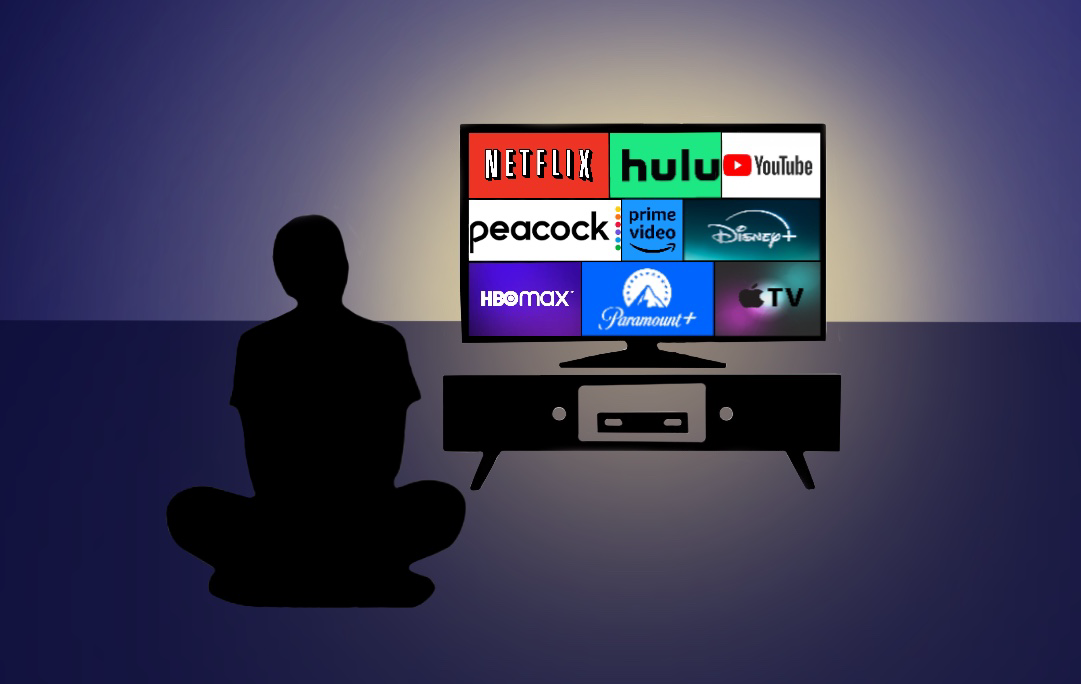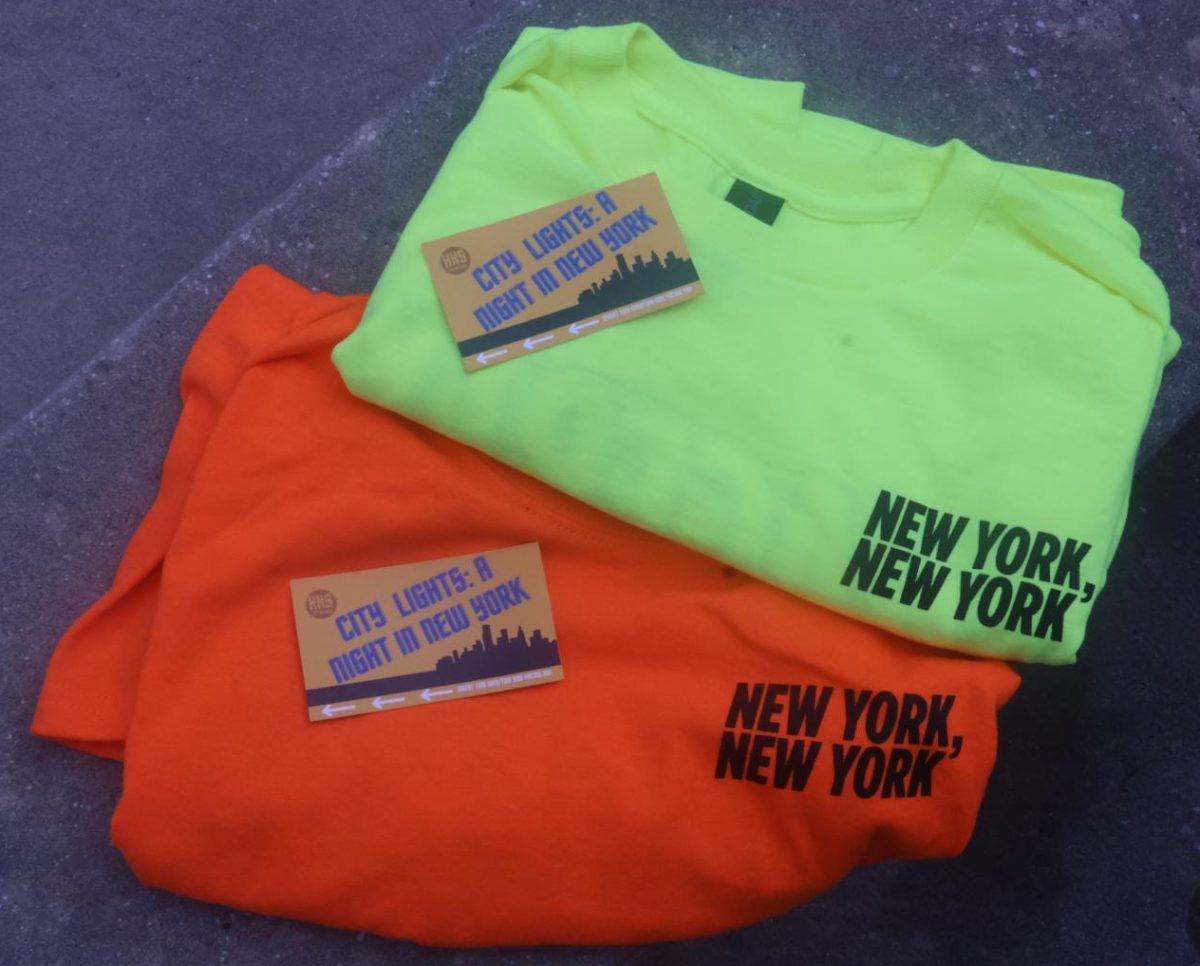Table games have developed along with civilization. From Chinese XiangQi and chess being used for early types of battle strategy training to students collecting Pokemon cards today, humans have always found these activities exciting.
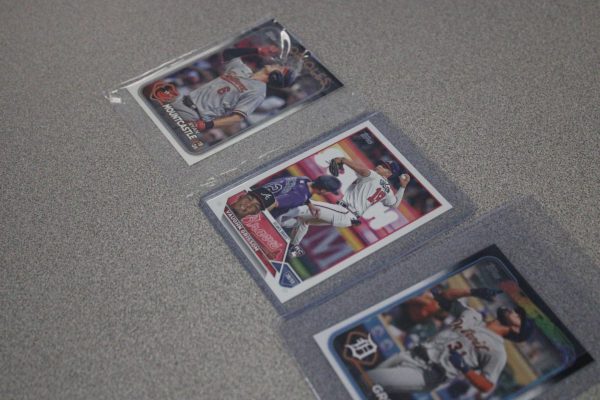
In the branches extending out from table games, card games, which have existed since around the 1300s, have developed for their properties of being strategic, creative and extensive. Classic examples include poker, extending to hundreds of gameplays, even included in the gambling industry.
Today, Trading Card Games are another extension of board and card games, and students mostly treat them as collector items, as well as components of gameplay.
Magic: the Gathering
The first game that really started the craze was Magic: the Gathering, a fantasy card game, which brought the wave of prosperity to TCG’s around the world.
It was invented by Richard Garfield, Ph D., and was originally released by Wizards of the Coast in 1993. The collectibility and the background of Magic attracted a large fanbase, and rare cards became valuable. It also was the first fantasy card set that came with gameplay, which laid the foundation of its competitiveness.
“There are more specific strategies, or differences with strategy to the game, and it’s very much dependent on what kind of deck you have,” junior Nicholas Fennessy, who plays Magic: the Gathering, said. “[Building a deck is] kind of, [trying to make it] more virulent if you could. There’s different types of decks, [and] there’s different versions of magic cards. It’s a big community.”
Card games, including MTG, however, have been through a decline in recent years, leading to a smaller community with new values.
“I obviously [was in] elementary school [at the time], I didn’t know the peak of it, [but] it’s still very popular,” Fennessy said. “I wouldn’t say as much with the younger generation. It has definitely declined, but it’s still a very collected game.”
Magic: the Gathering developed a large market, and it also had been laying foundations of a more diverse card game market—setting the stage for newer TCGs.
Pokemon TCG
The Pokemon franchise, initiated in February 1996, has led to a diverse range of products. Each part of the franchise updates along with the release of the main games, as new Pokemon appear in new areas. For example, pokemons from Pokemon Scarlet/Violet and their origin, the Padia area, were introduced to the show and to the card game. Most of the Pokemons are covered in TCG as well as their evolution forms, their design on cards based on the shows and games.
The Pokemon franchise has such a huge scalability, resulting in Pokemon becoming one of the most known intellectual properties among the world. It formed and it is forming people’s childhood and even adulthood. Though it was a byproduct (developed alongside video games, anime and movies), benefiting from the whole franchise, its influence was not limited to that.
Players mostly find local card shops for purchasing and tournaments, the Oviedo Mall is a popular choice locally.
One of government teacher Matthew Malkovich’s former students is the owner of the card shop “Trainer’s Backpack”.
“That [Oviedo] Mall gets jammed, packed with people that [play Pokemon], and [Trainer’s Backpack has] a lot more Pokemon [Card players]. That’s a big one,” Malkovich said.
While the cards were developed because of the game, Pokemon cards are also known more as collectible cards than competitive cards. Cards that are valuable to collectors reach high prices, the most expensive ever sold being the population 1 PSA 10 Illustrator Pikachu, bought by YouTuber Logan Paul in 2022 at a valuation of $5.275 million.
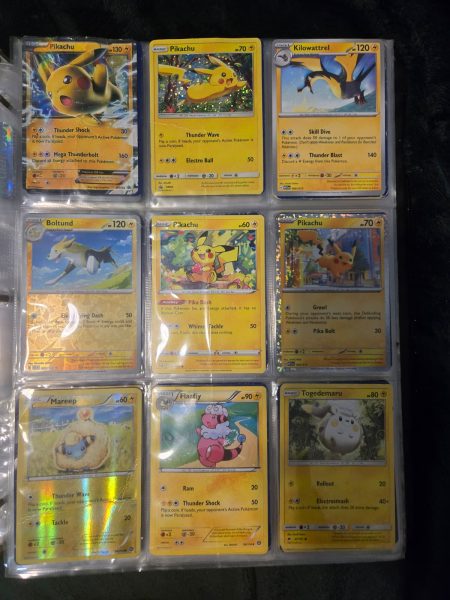
“[What I like is] maybe the design,” senior Zafarbek Tokhirjonov said. “The fun of collecting it is just the design.”
Though the gameplay is not the main goal of the product, it is still complicated. After building the deck, you will have Pokemons, supporters, tools and energy cards.
“You do need a strategy,” Tokhirjonov said. “It’s not like you can just pick out the best Pokemon [and] just run into [the] battle. You definitely need a strategy. You need to prioritize which pokemons to pick, to counter which others.”
Despite being widespread as collectible cards, the Pokemon TCG is sharing the fate of the entire card game industry, as players have noticed it slowly declining over these years.
“[The decline of Pokemon] did kind of hurt,” Tokhirjonov said. “It’s been dying out a lot. You have to go to these very specific places to play Pokemon cards. Back then [at the height of its popularity], you could go to any garage, and people would be playing it.”
Yu-Gi-Oh
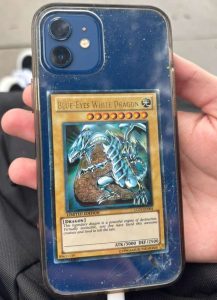
Compared to the Pokemon TCG, Yu-Gi-Oh is way more strategic and fast-paced. Released with a simple system, similar to other TCGs, but eventually developed into complex effects on the cards, it has continued to add different deck builds.
The vast majority of its cards are in series, and their effects (skills) follow a pattern: “Build around the main card in the series.” This results in one of the most competitive TCGs, behind Magic: the Gathering.
Junior Blake Lopez has played Yu-Gi-Oh with his friends before.
“It was fun, and I know it shaped a lot of people’s childhoods and stuff, especially like the show and the cards,”
Yu-Gi-Oh generally has a more complex gameplay environment, and a different balance of cards than most TCGs. And the gaming rhythm is different too.
“The main difference [from other TCGs] is just play style. I think [Yu-Gi-Oh is] a lot quicker now, [and I mostly used to play] back in middle school with friends,” said Lopez, “[And] I remember always playing with my brother and getting packs from Target.”
Trading Card Games had a decent popularity all over the world and are still popular with high school players.
Maybe people buy and collect for its gameplay, design or sentimental reasons.
“I enjoy card games because they’re fun, and there’s a rule and strategy to the way they’re played,” Fennessy said.
The influence of card games over both old and young generations is undeniable, and they help to influence business success, create fond memories, enhance mental sharpness and unite groups of people together.


